1: Audio Dock: PerformanceWith the popularity of portable media and the devices that carry them, the ease of drop and sync capability with computers and media centers becomes important. This audio dock design uses TI audio processors for performance designs. |
Design Considerations
The Audio Dock: Performance speaker system, which provides the highest level of audio performance, is powered by AC mains and also has provisions for battery power. Using a highly efficient Class-D amplifier extends battery runtime and requires no costly heat sink. The speaker output includes two stereo amplifiers - one to drive the left and right speakers, and the other that drives a dual-coil subwoofer. The system allows audio input from a docking connector, USB streaming audio, or a line input. Newer generation TI audio codecs, such as the TLV320AIC3254, process sound with better audio quality and longer battery life.
TI recognizes that this class of speaker systems has a tradeoff between output power and sound quality, and in the case of a portable system, battery runtime. The block diagrams for the Basic, Portable and Performance audio docking stations represent a balance of these requirements, each optimized for a different usage model.
2: Active Noise Cancellation (ANC)
Design Considerations
Active Noise Cancellation (ANC)
The active noise cancellation system implements the acoustically adaptive algorithm that cancels the unwanted sound by generating an antisound (antinoise) of equal amplitude and opposite phase. The original, unwanted sound and the antinoise acoustically combine, resulting in the cancellation of both sounds.
The core subsystems include:
- DSP
- performs system initialization and executes the adaptive signal processing algorithm.
- Memory
- stores executing code and data/parameters.
- AGC
- maximizes the ADC SNR and maintains the overall system dynamic range.
- Audio CODEC
- the residual noise signals are converted o digital form by the ADC. The DAC generates the out put anti-noise signals.
- Power Conversion
- converts the battery power to run various functional blocks
3: Optical Line Card |
Design Considerations
Optical Line Card
Overview :
Overview :
An Optical Line Card is a tributary to a combined optical pipe where the client NE is input over a fiber pair at a fixed wavelength, the data is encoded/decoded, and output on a specific ITU grid wavelength via a fiber pair.
The core subsystems include:
- SR/IR MSA
- Short Reach/Intermediate Reach Multi-Source Agreement module is an integrated subsystem including CDR/SERDES. Analog and digital signals, as well as an I2C buss, are provided for monitoring, setpoints, control signals, and alarms.
- FEC
- Forward Error Correction is the bidirectional processing path for the SONET span its NE terminates. Modern devices include a rate change PLL and VCO.
- LR/ULR MSA
- Long Reach/Ultra Long Reach module is the optical interface out to the combined pipe. Internal structure similar to the SR/IR module.
- Processor
- Reads/writes the SONET header and controls setup and operation of the FEC chip, handles MSA control/monitoring functions, and I/F to shelf controller via B/P.
- Power
- Hot Swap controller provides inrush limiting, DC-DC converters provide system power either as a multi-output converter or as point-of-load converters
4: Power: Telecom/Server AC/DC Power Supply: Single Controller: Analog Solution
Design Considerations
The challenges faced by AC/DC power supply developers today are achieving high power factor, low THD, and high efficiency across line and load conditions, high power density or reduced size, high reliability, and low system cost. Advanced power topologies such as interleaved PFC, bridgeless PFC, phase-shifted full-bridge DC/DC, LLC resonant DC/DC, and ZVS PWM DC/DC are commonly employed in today's designs addressing these needs. Most AC/DC power supplies use dual PWM controllers, a PFC controller and a DC/DC controller. But, there are low-power and cost-sensitive designs that use single analog controller or combo PFC and DC/DC controller to reduce component count and BOM cost.
TI's Combination PFC/PWM controllers provide complete control functionality for any off-line power system requiring compliance with the IEC1000-3-2 harmonic reduction requirements. By combining the control and drive signals for the PFC and the PWM stages into a single device, significant performance and cost benefits are gained. These devices offer performance advantages over earlier generation combination controllers. A key PWM feature is programmable maximum duty cycle. For the PFC stage, the devices feature an improved multiplier and the use of a trans-conductance amplifier for enhanced transient response.
The family of UCC27xxx MOSFET drives includes a complete range of single and dual low-side MOSFET drivers ranging from 2A to 9A sink and source. They are available in complimentary, inverted and non-inverted varieties.
TI's Integrated Hot Swap Power Controllers are optimized for nominal -48V systems. The devices provide load current slew rate control and peak magnitude limiting.
Most of the Hot Swap Controllers have digital interface for precise programming and monitoring and also have Power good and fault outputs.
Other high-performance analog parts are also available to provide critical system functions and features such as sensor feedback, isolation, communication transceivers.
5: Motor Control: Stepper Motor
Block Diagram (SBD) for Stepper Motor System featuring microcontrollers, gate drivers, isolation, industrial interface and power management
Design Considerations
Stepper Motor Overview
The stepper motor has a rotor with permanent magnets mounted on it, while the stator has a minimum of two windings. When the rotor magnet aligns with the stator winding, the second winding is energized. The two windings are turned on and off alternately; this causes the motor to lock on to the desired step position. The direction of the current through the winding can also be reversed.
In a stepper motor with two stator windings, there are clearly four steps, separated by 90 degrees. A stepper motor can be controlled precisely as it moves in steps, depending on the pulses provided to the stator windings.
The speed control of a stepper motor is achieved by the pulse frequency provided to the windings, while the direction of rotation can be changed by reversing pulse sequences. The pole pieces inside the motor have many teeth, which help in aligning the rotor position relative to the stator. Some stepper motors also have teeth on the stator poles.
Stepper motors can be controlled in full steps, half steps or micro steps, depending on the control techniques used. Simple square pulses can control the motor in full steps, while advanced control techniques such as pulse-width modulation (PWM) are used in micro stepping.
Microcontrollers
A basic MSP430 MCU in conjunction with a stepper control driver IC such as a DRV8412 can provide full step or up to 16 micro steps at a very low cost. More complex control of stepper motors is possible with Stellaris™ or C2000™ MCUs. On-board peripherals such as ADCs and PWMs create a highly integrated solution to meet all application requirements with stepper motors.
Interface/Connectivity
Traditional analog RS-232/RS-485 interfaces remain popular choices for motor control applications. Looking forward, designers are integrating mainstream interfaces such as Ethernet, USB and CAN into their products.
TI is committed to providing solutions for both traditional and emerging industrial interfaces. For example, TI recently introduced the ISO1050, the world's first isolated CAN transceiver.
Power Management
Texas Instruments offers power management IC solutions ranging from standard ICs to high-performance, plug-in, power-brick, digital-power MOSFETs and integrated power modules.
From AC/DC and DC/DC power supplies, linear regulators and non-isolated switching DC/DC regulators to PMICs and power and display solutions, Texas Instruments power management IC solutions can help you complete your project.
OSIRIS A. CAICEDO S. CRF
Explore the seven wonders of the world Learn more!
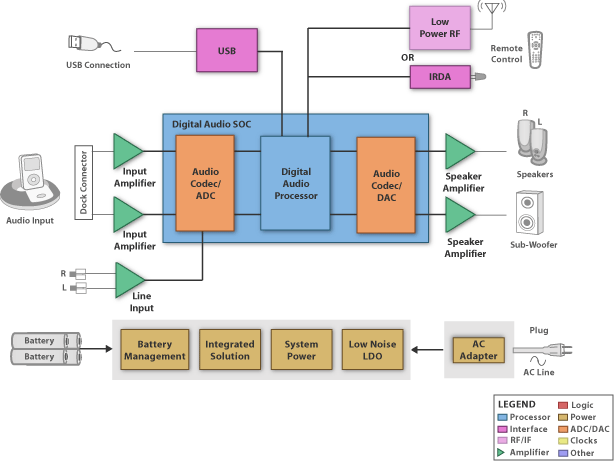
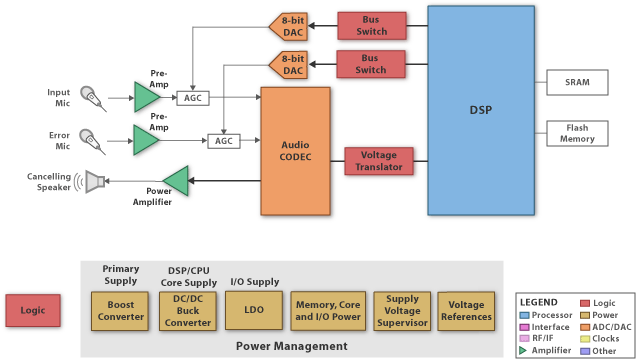
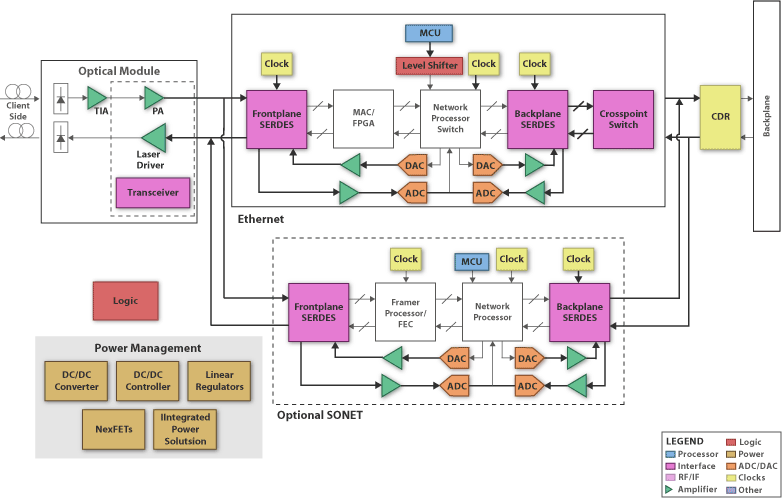
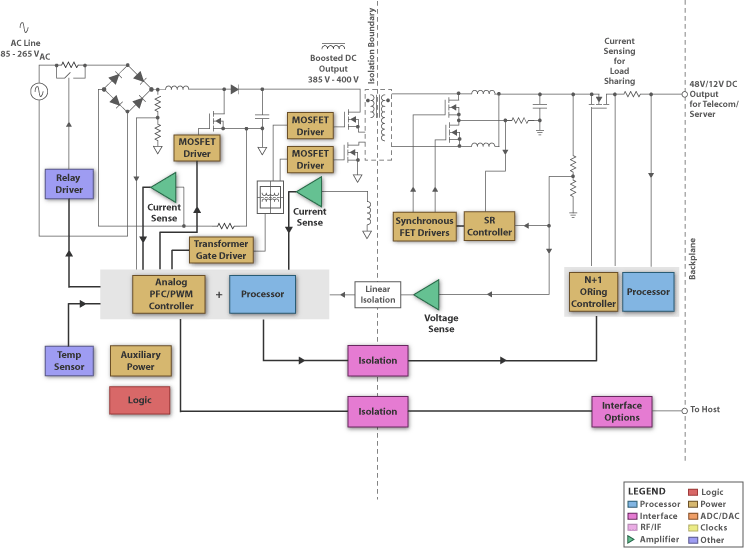
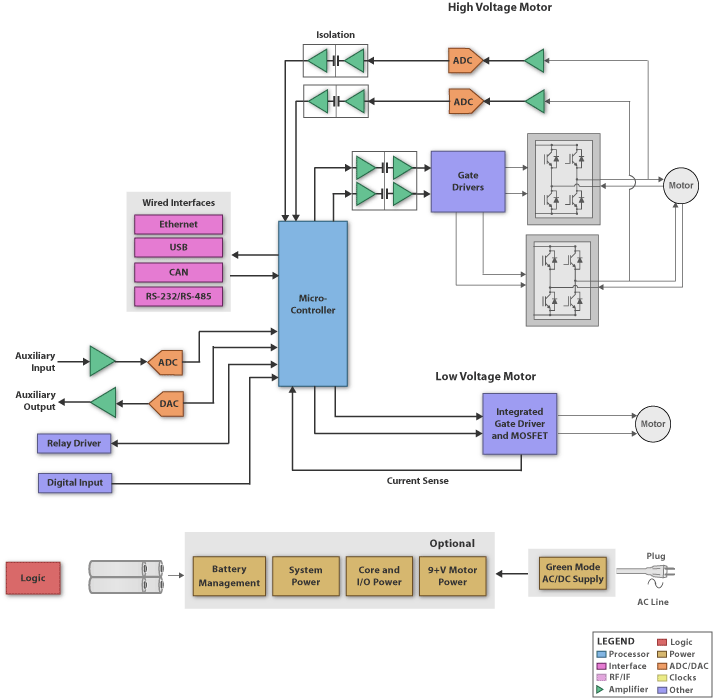
No hay comentarios:
Publicar un comentario